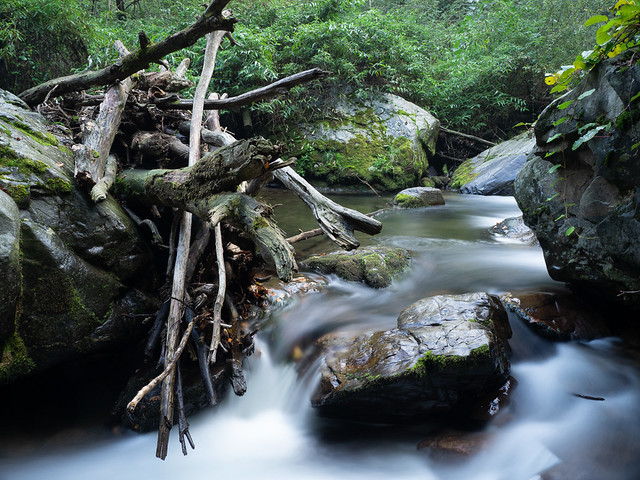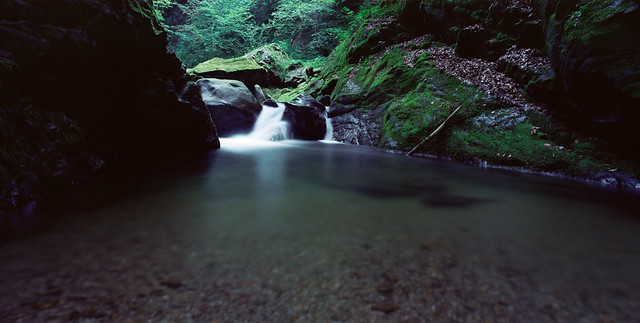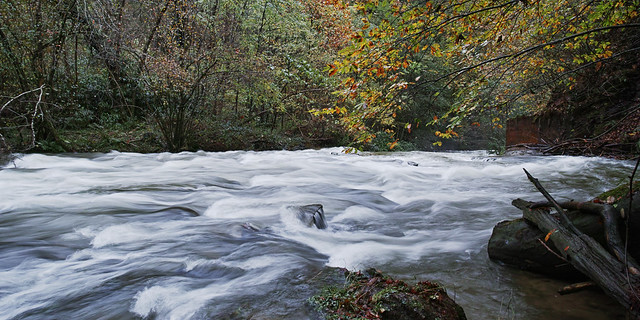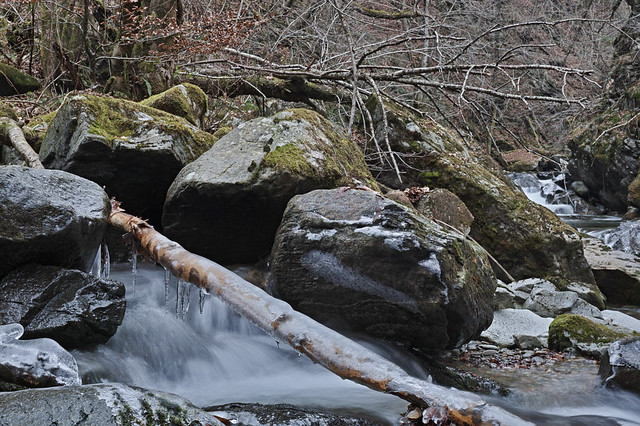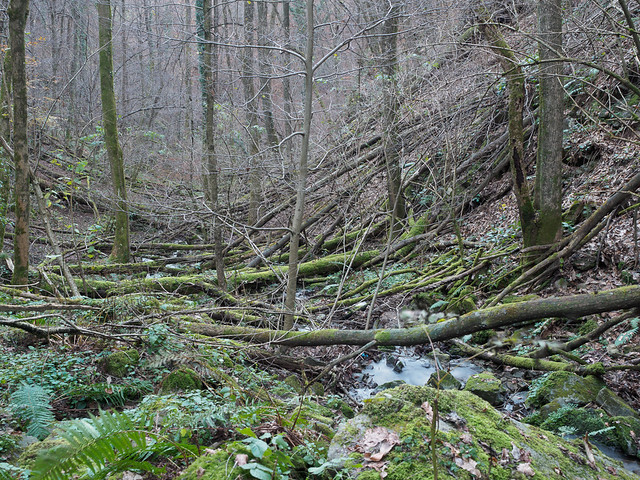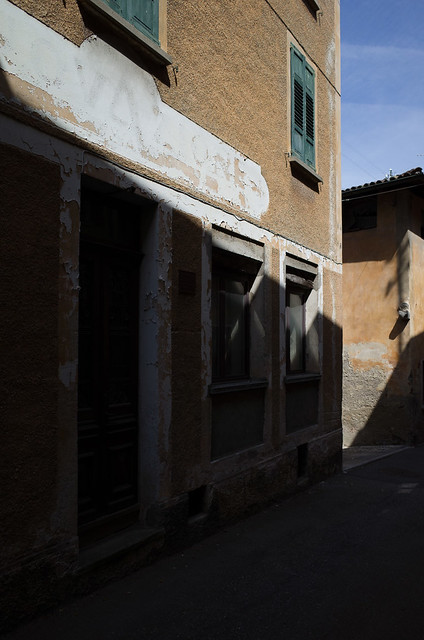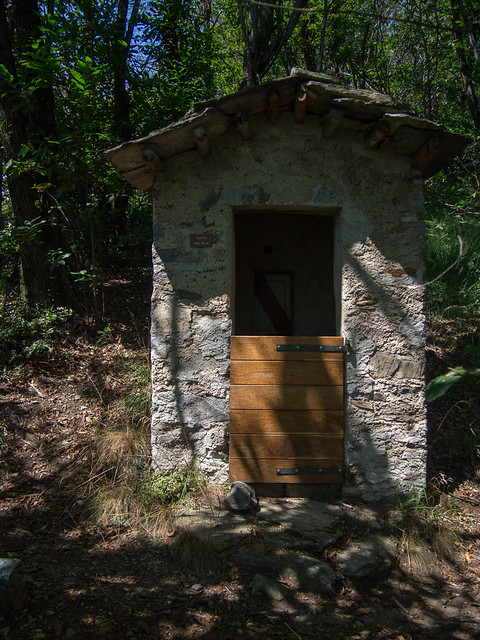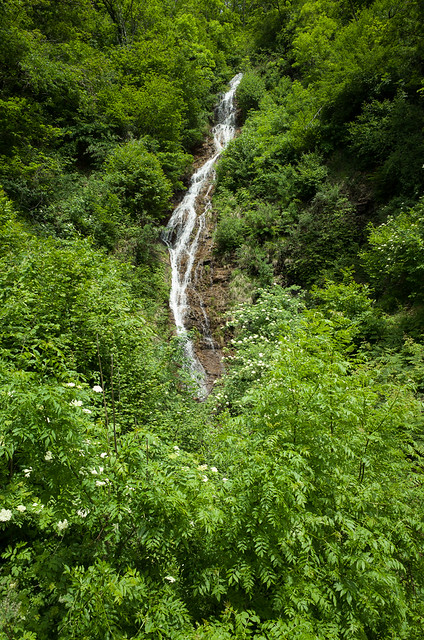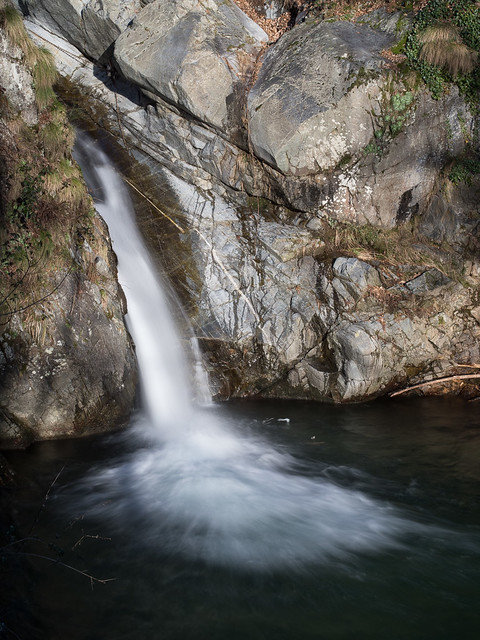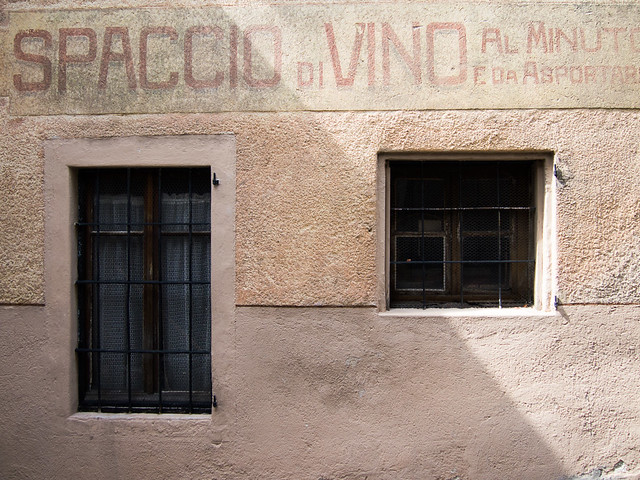La Magliasina
going with the flow
The Magliasina is a short, scrappy, torrential river which emerges on the slopes of Monte Gradiccioli in the Malcantone region of Ticino, and 15km later drains into Lake Lugano. At its mouth, it marks the boundary between the villages of Caslano, and of Magliaso, where I live, and which gave the name to the river.
For most of its length it is hidden from sight at the foot of a deserted, steep sided narrow valley. There are a few crossing points where bridges have been built to allow paths to join the two sides of the valley, but mainly the river is heard, not seen. I’ve been exploring it bit by bit for quite some time. I’ve largely moved on from the more easily accessible spots and, based on large scale topographic maps tried to work out where there might be interesting hideaways. Although such spots might sometimes be approached by following deserted, disappearing paths, reaching them almost always involves some serious off-piste traversing.
Sometimes I strike gold, sometimes not, but more than once I’ve ended up with more of a scramble on my hands than I bargained for. In a few cases I’ve been forced to question my sanity. In some parts the valley side is very steep, and the soil is unstable. It also tends to be covered in vicious undergrowth in summer, and treacherous rotting tree trunks and branches all year round. If photos were graded by the physical difficulty in taking them, I’d have quite a portfolio by now.
In the lower reaches the valley is much broader, but even more strangled by undergrowth. Now and again I come across signs that in earlier times, the area was actually inhabited, partly farmed, and the river was a focal point. Today few people seem to realise it even exists. Oh, there are rock pools here and there which are clearly the treasured secrets of teenagers looking for a summer hideaway. And there are a few easily accessed and popular areas such as the Maglio del Malcantone, but largely the river keeps well away from view.
It’s become a bit of an obsession, but unlike my other obsessions, it is within walking distance of my front door. So far I’m continuing to make new discoveries, and there are more to be found. For example, the ruins of a 100 year old hydroelectric plant lurk somewhere in the woods. I think I know where, but it’s a stretch I haven’t explored yet. And I haven’t started on the high upstream section.
Probably it isn’t all that sensible to go off exploring like this on my own, but nobody seems interested. Every now and again I am reminded that while Switzerland is a very safe place from a society point of view, nature here can be pretty bloody dangerous. I should probably invest in a rope. And a loud whistle.
You can see more, if you want, in my Magliasina album on Flickr.

